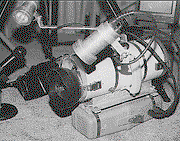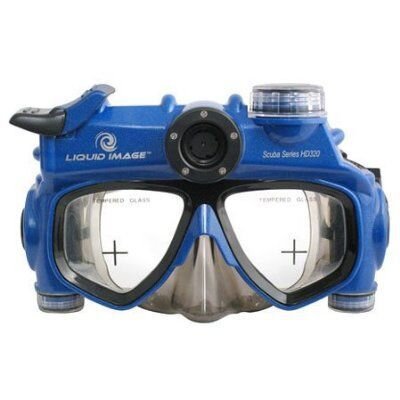Hi all. I'm headed to Cozumel in about 10 days for a week of drift diving. It's been a while since I have been in open water so I'm taking a refresher course in preparation. Also bought some new gear "just in case"...
I'm hoping to venture into a new world on this trip as well - UW videography. Once I'm sure I'm OK diving again I want to haul the camera and light underwater and try my hand at it. I have some limited experience with a self-contained UW still camera, but that's about it.
I ordered an Ikelite housing (below) and have a camera that will work in it. I also ordered the small 15-watt light. Not the best but something to start. It should do OK for close-up. For the rest I will be relying strictly on available natural light. Fortunately the housing comes with a filter to enhance the longer wavelengths, and the camera I have does very well in low light.
Digital Video Housing for Sony Video Cameras
The question I have is about wide-angle lenses. Ikelite recommends one (the linked article gives reasons, notably decreasing the scattered light due to suspended particulate) and offers several choices, also linked. What do you recommend?
Anything else you would recommend or provide comments on? Any particular favorite spots in Cozumel (land or sea) I should check out?
TIA for any advice you can provide...
I'm hoping to venture into a new world on this trip as well - UW videography. Once I'm sure I'm OK diving again I want to haul the camera and light underwater and try my hand at it. I have some limited experience with a self-contained UW still camera, but that's about it.
I ordered an Ikelite housing (below) and have a camera that will work in it. I also ordered the small 15-watt light. Not the best but something to start. It should do OK for close-up. For the rest I will be relying strictly on available natural light. Fortunately the housing comes with a filter to enhance the longer wavelengths, and the camera I have does very well in low light.
Digital Video Housing for Sony Video Cameras
The question I have is about wide-angle lenses. Ikelite recommends one (the linked article gives reasons, notably decreasing the scattered light due to suspended particulate) and offers several choices, also linked. What do you recommend?
Anything else you would recommend or provide comments on? Any particular favorite spots in Cozumel (land or sea) I should check out?
TIA for any advice you can provide...





